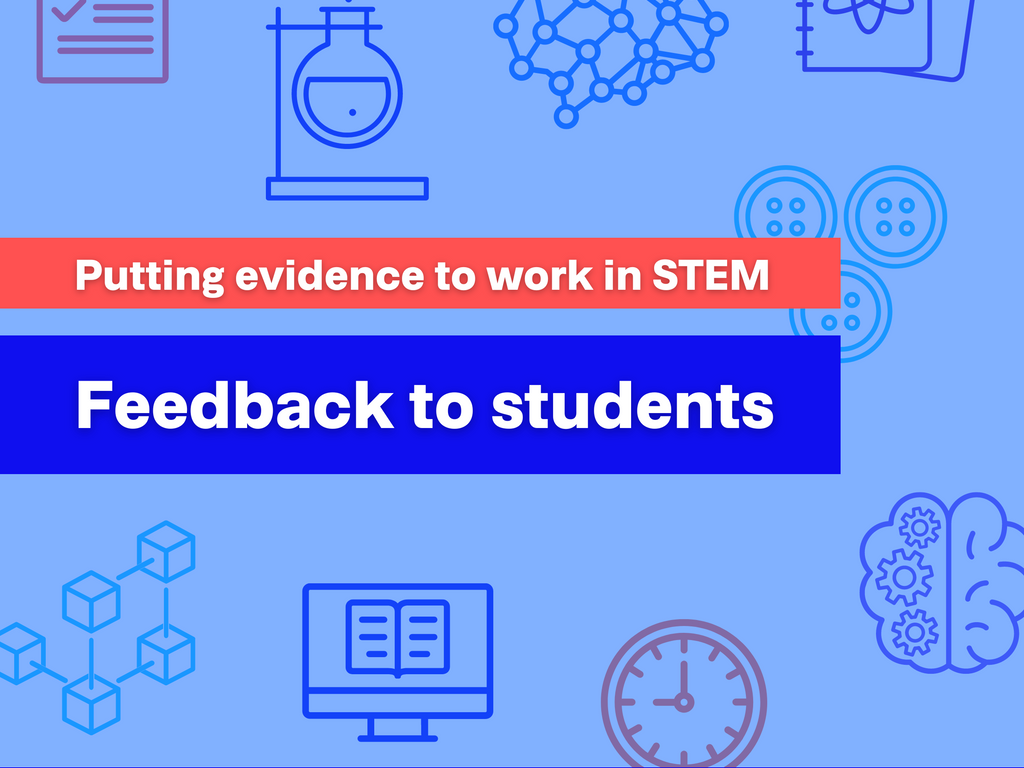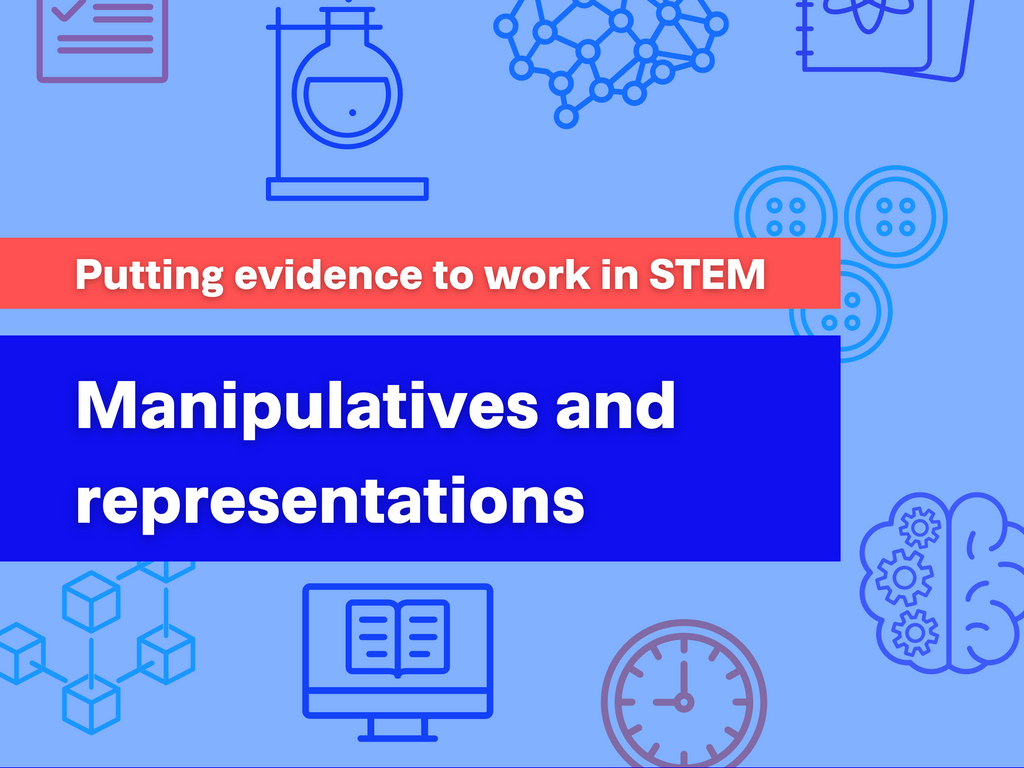Working with student misconceptions in STEM
Students bring their existing understandings about the world to every lesson. In science and mathematics, these self-constructed ideas do not always align with the concepts, models, language, and processes used within the disciplines. Commonly referred to as misconceptions, these can lead to systematic errors that can build over time and impact further learning.
Access E4L’s guidance for educators on STEM in schools, drawing on the Teaching & Learning Toolkit, Guidance Reports, and more.
Read other articles from the Putting evidence to work in STEM series.

Blog


Blog


Blog
